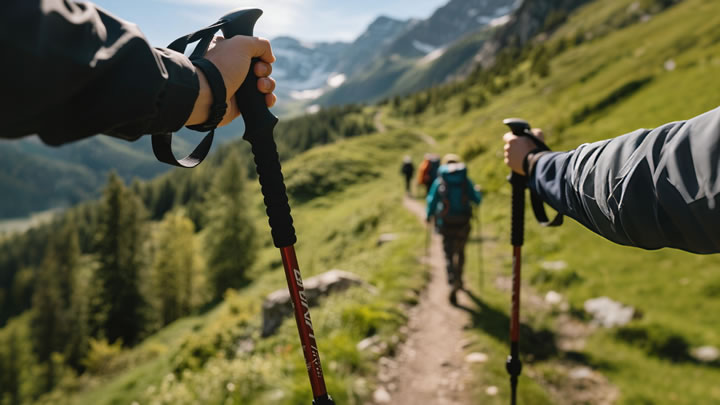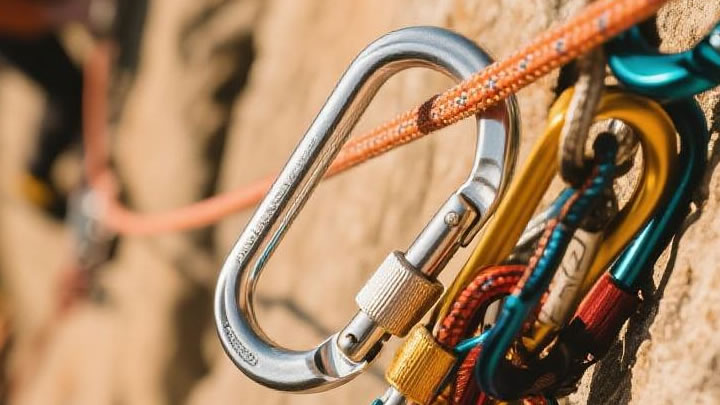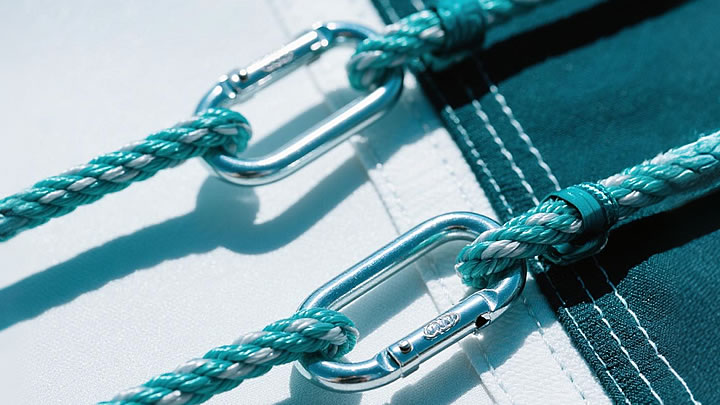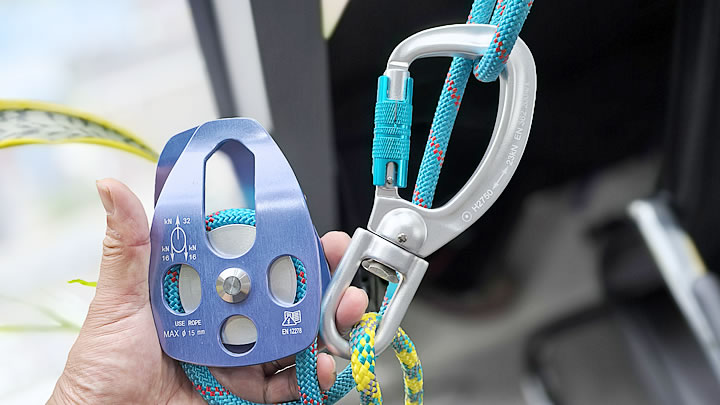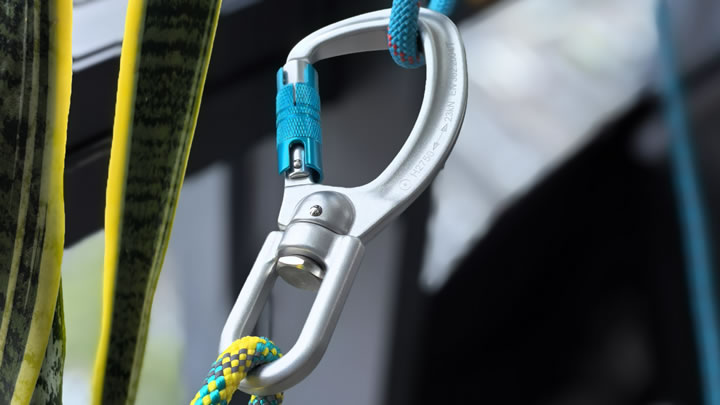Turning a storage box into a portable camping seat.
Thursday, May 15, 2025
Transforming a storage box into a camping seat merges practicality with comfort, saving space and weight on outdoor trips. This guide covers design options, material choices, and safety tips to create a durable, dual-purpose solution for car campers, festival-goers, and backpackers.

1. Design Options for Camping Seats
A. Lid-Mounted Seat
- Pros: Simple, lightweight, and quick to deploy.
- Cons: Limited weight capacity.
- Steps:Reinforce the lid with 1/2” plywood or marine-grade plastic.Attach foam padding (e.g., Foam Factory 2” HD foam) and waterproof fabric.Secure with adhesive Velcro for removable comfort.
B. Foldable Leg Attachment
- Pros: Elevated seating, ergonomic for long use.
- Cons: Adds bulk.
- Steps:Bolt collapsible stool legs (e.g., Vivere Camping Leg Kit) to the box base.Reinforce attachment points with steel brackets.
C. Flip-Top Bench
- Pros: Storage accessible without moving the seat.
- Cons: Complex build.
- Steps:Install piano hinges to connect the lid and box.Add a locking mechanism to keep the lid upright as a backrest.
2. Materials and Tools Needed
- Storage Box: 20–40L rugged plastic bin (e.g., Plano Sportsman’s Trunk).
- Comfort: Foam padding, outdoor fabric (e.g., Sunbrella), waterproof adhesive.
- Hardware:Collapsible legs, steel brackets, piano hinges.Drill, screws, marine-grade epoxy.
- Budget: 30–30–80 depending on design.
3. Step-by-Step Lid-Mounted Seat Tutorial
- Reinforce the Lid:Cut plywood to match the lid’s dimensions.Glue to the lid using marine epoxy; clamp until dry.
- Add Cushioning:Trace the lid shape on foam; cut with a utility knife.Wrap foam in outdoor fabric and staple to the plywood underside.
- Weatherproofing:Seal edges with silicone caulk.Drill 1/4” drainage holes in the lid corners.
4. Weight Capacity and Safety
- Plastic Bins: Most hold 150–250 lbs when reinforced. Test with gradual weight.
- Reinforcement Tips:Add aluminum crossbars under the lid.Use load-rated legs (check manufacturer specs).
- Avoid: Overloading with gear while seated.
5. Maintenance and Portability
- Clean: Wipe with mild soap; avoid abrasive cleaners.
- Storage: Remove legs/cushions to save space.
- Transport: Attach paracord handles or clip to a foldable wagon.
6. Real-World Applications
- Family Camping: Convert a 40L bin into a bench for 2–3 people.
- Backpacking: Use a 20L box with foam pad for ultralight seating.
- Fishing Trips: Store tackle inside and flip the lid for a riverbank seat.
7. Top Pre-Made Hybrid Box-Seats
- Guide Gear Overland Trunk: Built-in padded seat and gear storage.
- YETI LoadOut GoBox: Modular design compatible with seat accessories.
8. Common DIY Mistakes to Avoid
- Weak Attachments: Legs bolted directly to thin plastic will crack—use reinforcement plates.
- Poor Waterproofing: Unsealed fabric or foam absorbs rain and odors.
- Unbalanced Design: Test seat stability on uneven ground before trips.
Final Tips
- Line the box interior with reflective insulation for cold-weather comfort.
- Add cup holders or side pouches for convenience.
- Pair with a compact camping table for a full outdoor lounge setup.

